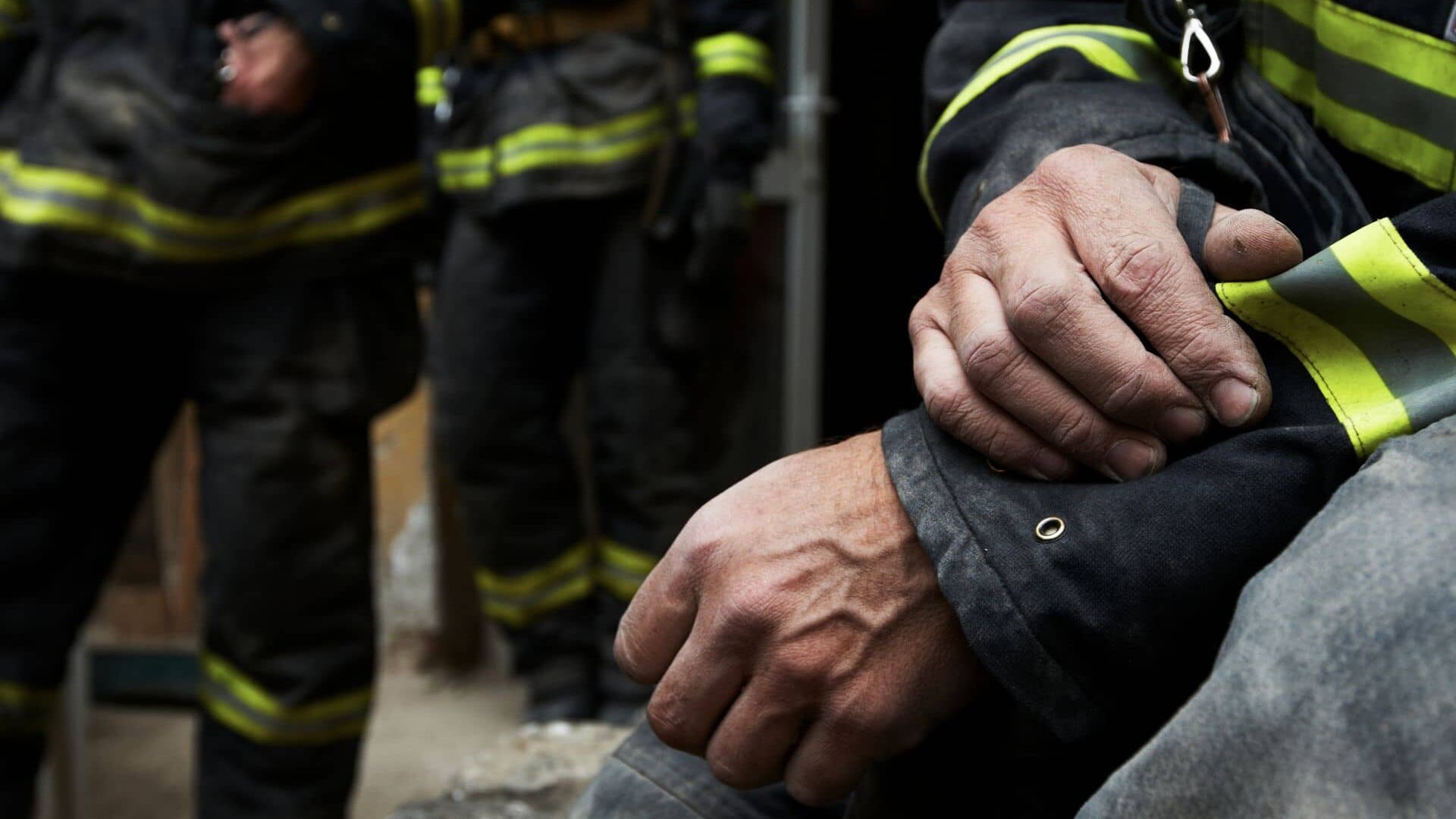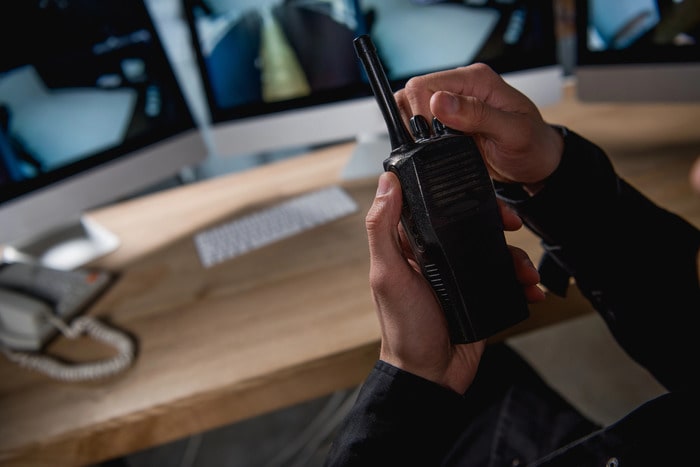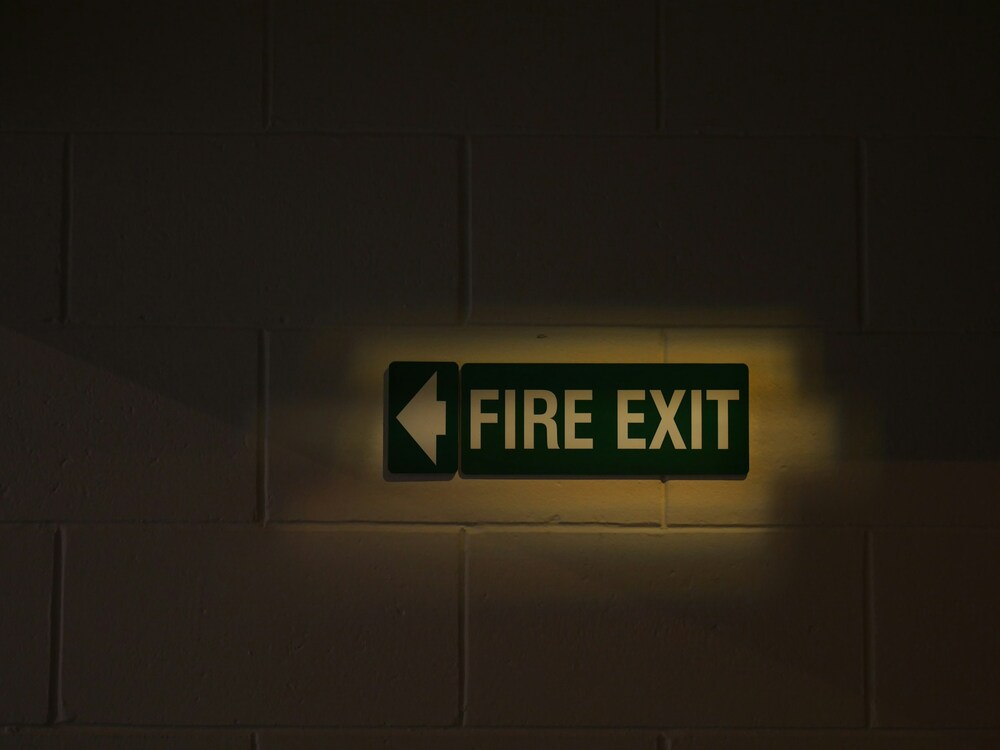High-Rise Fire Watch
Contents
NYC Skyscrapers
Your Manhattan high-rise isn’t just taller than a Brooklyn brownstone. It’s a completely different fire safety beast. FDNY rules for skyscrapers are stricter than a doorman building’s guest policy, and for good reason. When you’re 40 floors up, evacuation isn’t as simple as walking down the block.
5 Ways High-Rise Fire Watch Differs
Class A buildings face unique requirements.
- Stairwell teams. Guards must be posted every 20 floors during impairments.
- Elevator monitoring. All cars must be taken out of service or staffed.
- Two-way radios required. Cell service fails in concrete stairwells.
- Partial outages trigger full-building protocols. No “just the 32nd floor” exceptions.
- 24/7 engineer oversight when systems are down.
The FDNY’s High-Rise Hot List
Inspectors specifically check for.
- Proper stairwell identification. A/B/C designations visible on every floor.
- Functioning fire command stations. Not just decorative panels.
- Updated floor warden lists. Those tenant contacts better be current.
A recent surprise inspection in the Financial District found 60% of buildings failed these basics.
Your Skyscraper Survival Kit
Every high-rise manager needs.
- Pre-approved fire watch routes for all tower sections
- Battery-powered emergency lighting in all stairwells
- Evacuation chairs for mobility-impaired tenants
- FDNY-approved window signage (the “help” cards firefighters look for)
The 57th Floor Close Call
Last summer at a Midtown tower.
- 2:15 PM. Sprinkler valve failed on upper floors.
- 2:30 PM. Our guards implemented vertical zone defense.
- 3:00 PM. FDNY arrived to find controlled situation.
- Alternative outcome. Without proper protocols, evacuation could have taken 4+ hours.
Why We’re the High-Rise Specialists
We provide.
- Guards trained in high-rise specific tactics. Not just ground-level experience.
- Digital patrol tracking that works without WiFi. Crucial in service elevators.
- Coordination with your building engineers. We speak their language.
Don’t gamble with vertical evacuation. Get skyscraper-ready fire watch before your next impairment.





